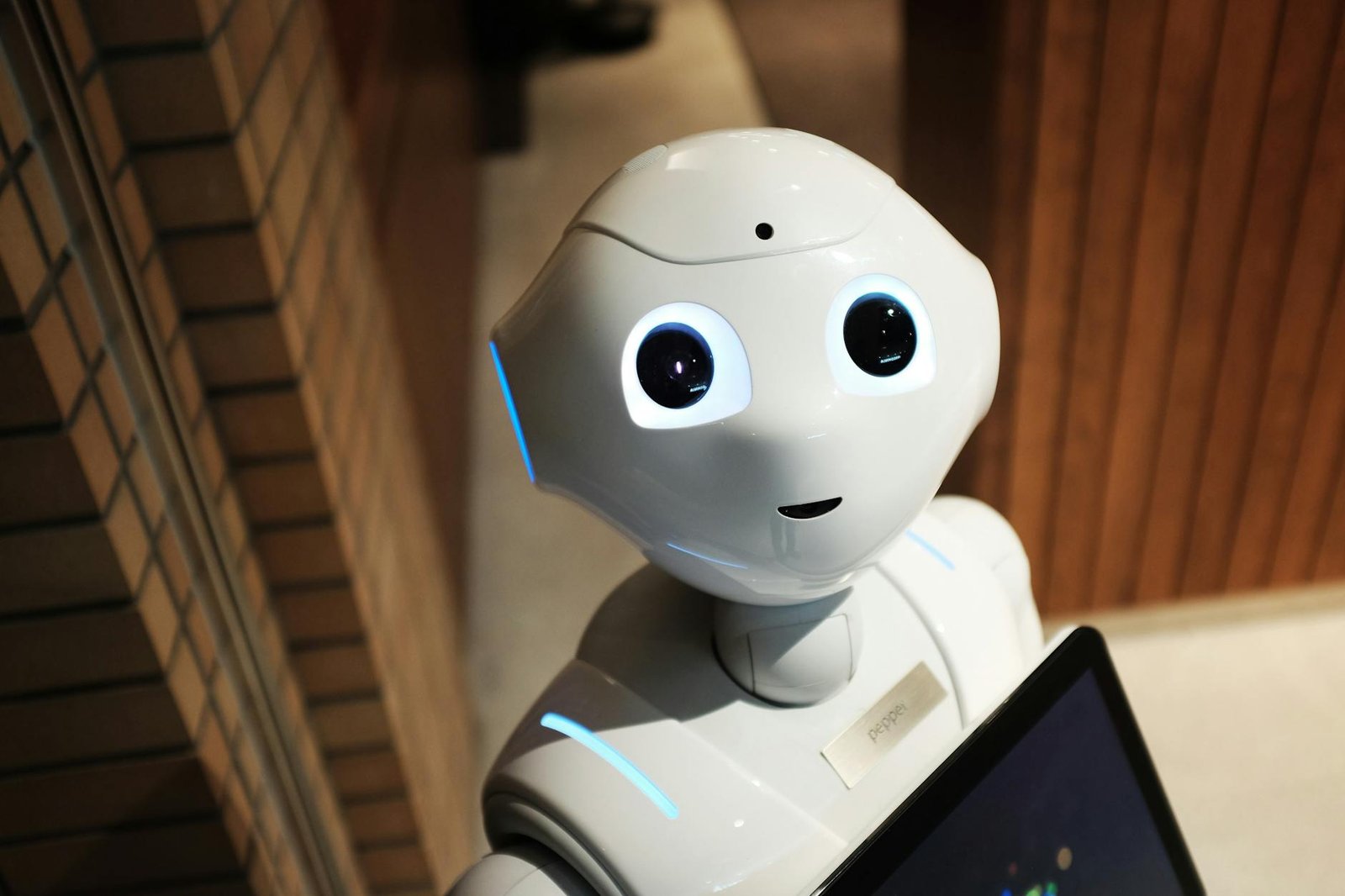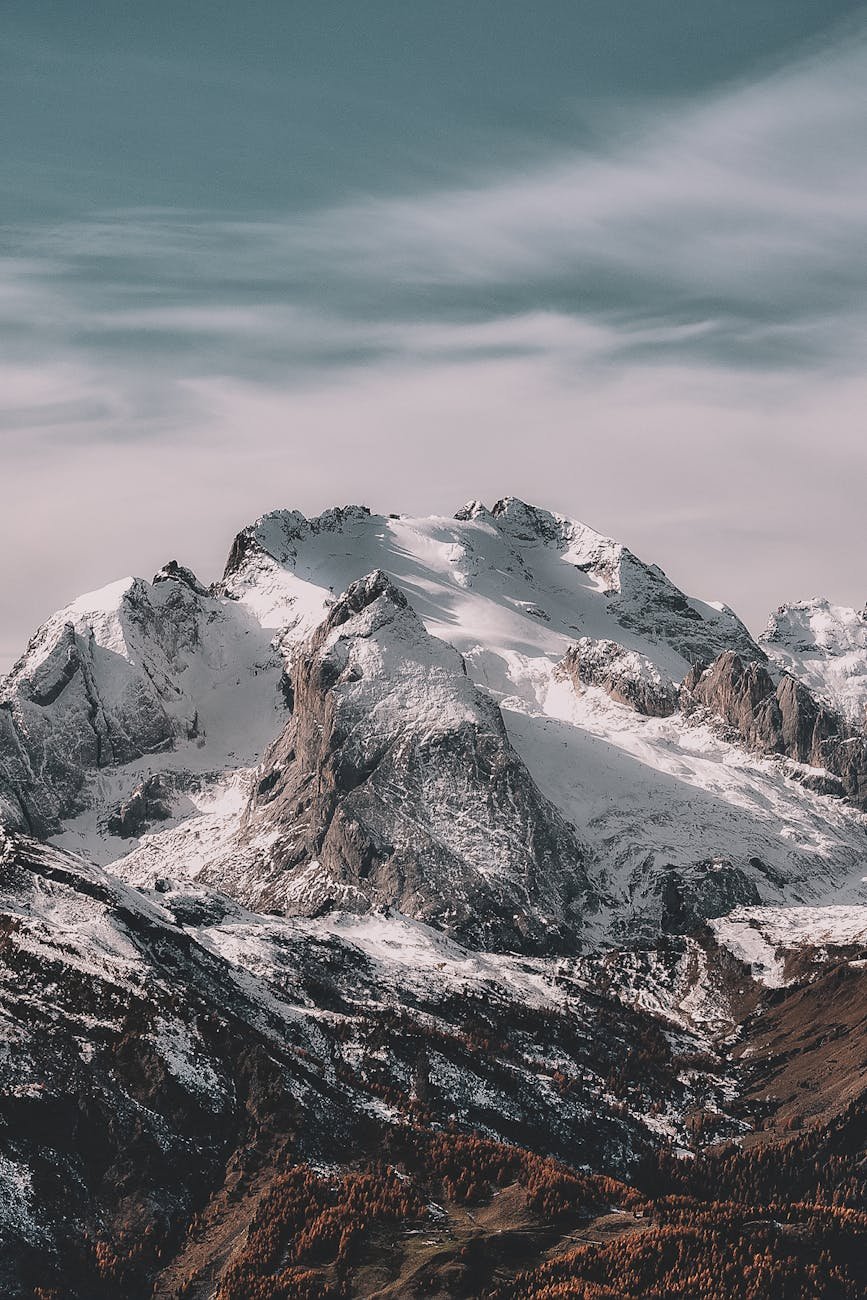
Introduction: The Invisible Force that Binds the Cosmos
Imagine a child tossing a ball into the air. It rises for a moment and then returns to their hands, as if called back by an unseen hand. That unseen hand is gravity. From the smallest pebble on Earth to the vast motion of planets and galaxies, gravity is the silent architect shaping the universe. Without gravity, there would be no falling rain, no tides, no orbiting moons, and no life on Earth. In this article, we’ll explore what gravity is, how it works, and how it influences every part of our world and beyond.
What is Gravity?
Gravity is a force of attraction that pulls objects toward one another. It is one of the four fundamental forces of nature. The strength of this force depends on two things:
- The mass of the objects
- The distance between them
The greater the mass, the stronger the gravitational pull. The farther apart the objects are, the weaker the pull.
The Legacy of Sir Isaac Newton
In the 17th century, Sir Isaac Newton proposed the Law of Universal Gravitation. According to this law:
“Every object in the universe attracts every other object with a force that is directly proportional to the product of their masses and inversely proportional to the square of the distance between them.”
Formula:
F = G * (m1 * m2) / r^2
Where:
- F = gravitational force
- G = gravitational constant
- m1, m2 = masses of the two objects
- r = distance between the centers of the two masses
This law explains why the Earth pulls objects toward its surface and why the Moon orbits the Earth.
How Gravity Affects Life on Earth
Gravity is what gives us weight. It keeps our feet firmly planted on the ground and allows water to flow downhill. Plants grow with roots downward due to gravity (a phenomenon called gravitropism), and our bodies function because fluids move in accordance with gravity.
Key Earth-based Effects of Gravity:
- Tides: The gravitational pull of the Moon and the Sun causes the ocean levels to rise and fall.
- Rainfall and Rivers: Gravity pulls raindrops from clouds and guides rivers downhill to the sea.
- Air Pressure: Gravity holds the Earth’s atmosphere in place.
Gravity in Space: Orbits and Beyond
While gravity keeps us grounded on Earth, it also allows celestial bodies to dance in elegant patterns through space.
Orbits Explained
When an object like a satellite is given enough sideways velocity, gravity constantly pulls it toward Earth, but because of its speed, it keeps missing and thus continues to circle the Earth. This is how satellites stay in orbit.
Microgravity in Space
Astronauts aboard the International Space Station experience microgravity—a sensation of weightlessness—because they are in continuous freefall around Earth.
Gravity and the Universe
Gravity is not just a local force—it shapes galaxies, black holes, and the expansion of the universe. In modern physics, Albert Einstein redefined gravity not as a force but as the curvature of space-time caused by mass.
“Mass tells space how to curve, and curved space tells mass how to move.”
This deeper understanding of gravity has opened new fields of study like astrophysics and cosmology.
Quick Facts About Gravity
- Gravity on the Moon is 1/6th that of Earth.
- Jupiter has the strongest gravity among the planets in our solar system.
- Without gravity, we would float into space and lose our breathable atmosphere.
Summary: The Silent Sculptor of Existence
Gravity is more than just a scientific term; it’s the reason the Earth orbits the Sun, why we have seasons, why oceans rise and fall, and why we stand where we stand. From Earth to orbit, gravity shapes the very structure of life and the universe.
Practice Questions
- What are the two factors that determine the strength of gravity between two objects?
- State Newton’s Law of Universal Gravitation.
- How does gravity affect tides on Earth?
- What is microgravity and where do we experience it?
- How did Einstein’s theory of gravity differ from Newton’s?









